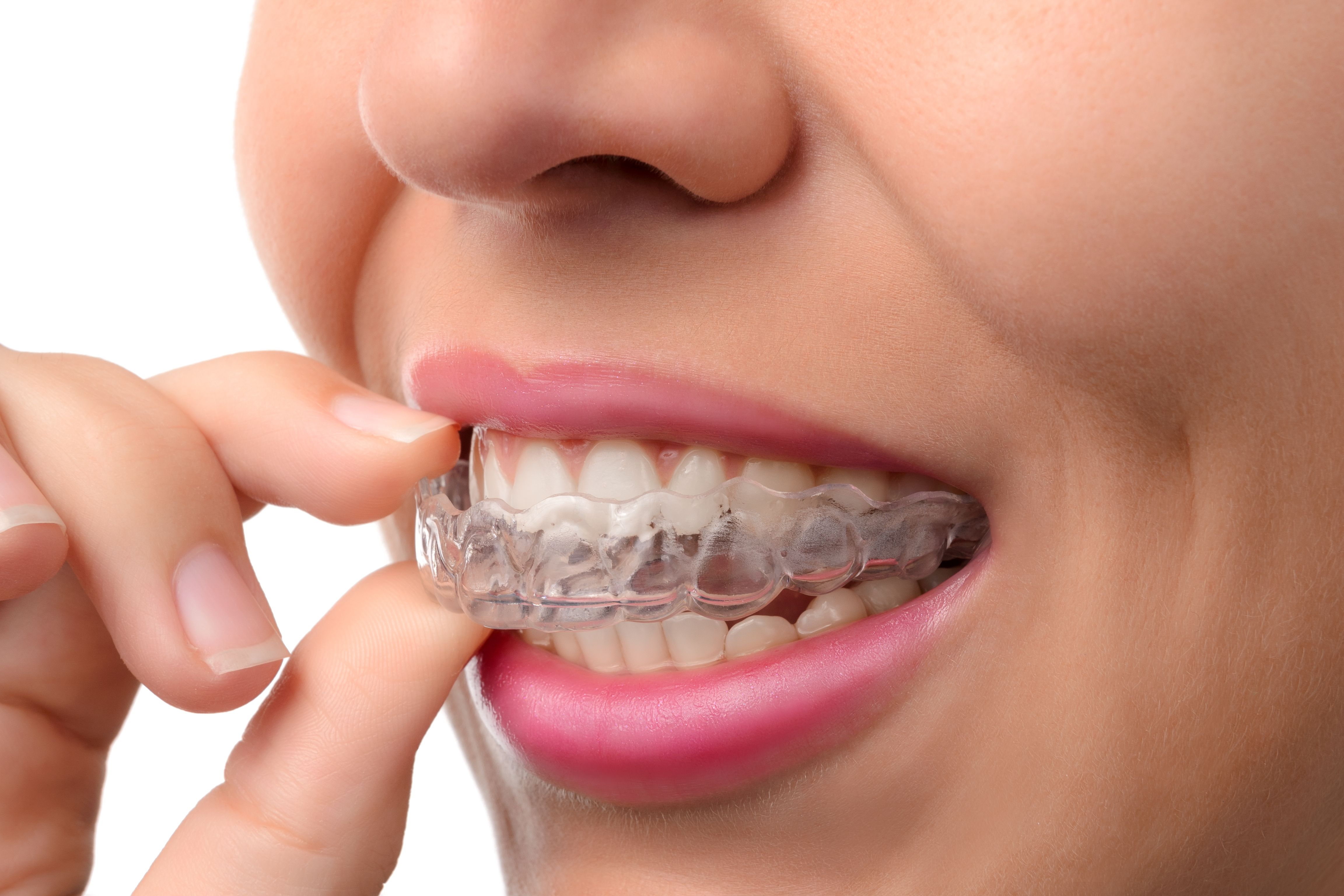Tips to Reduce Invisalign Discomfort
 Invisalign treatments provide the teeth-straightening benefits of traditional metal braces without the aches and long-lasting soreness associated with wire braces. The aligners avoid excessive discomfort by nudging your teeth toward proper alignment through small, incremental movements.
Invisalign treatments provide the teeth-straightening benefits of traditional metal braces without the aches and long-lasting soreness associated with wire braces. The aligners avoid excessive discomfort by nudging your teeth toward proper alignment through small, incremental movements.
While treatment is largely pain-free, some level of discomfort should be expected. Doctors Jay Chrisman and David Wyse offer Invisalign invisible braces at our Bloomington, IL practice. Here, we discuss Invisalign and discomfort and offer tips for comfortable, successful treatment.
Common Causes of Discomfort When Using Invisalign
Any discomfort associated with Invisalign trays typically comes from interactions between the trays and gum tissue or from pressure put on the teeth as a result of the teeth straightening process.
While the edges of aligners are not sharp, they can cause minor irritation if they rub against adjacent gum tissue, the surface of your tongue, or the inside of your cheeks. Most of these symptoms will subside as your mouth becomes used to the trays, but persistent irritation may require adjustment by your dentist.
Mild discomfort can also be experienced due to the pressure on your teeth. In order to incrementally move your teeth into straighter alignment, each tray is designed to gently push the teeth in small, steady increments.
Because each tray is slightly different than your teeth at any given time, patients may feel pressure that can result in soreness in the jawbone. This is a natural part of the process and to be expected. Pain generally subsides after the first few days of placing a new alignment tray.
Tips to Reduce Invisalign Discomfort
Invisalign aligners are fabricated with your comfort in mind. To minimize discomfort during the several-months-long cosmetic treatment, keep these tips in mind:
- Clean your aligners daily: By brushing your aligners daily with a toothbrush, you can avoid the risk of building plaque.
- Wear as directed: Invisalign aligners are most effective when worn 22 hours a day.
- Place new aligners before going to sleep: Users of Invisalign aligners may experience heightened discomfort during the first few days after using a new set of clear aligners. Sleeping through this period can help you avoid unnecessary discomfort.
- Avoid hard foods: Crunchy or dense foods can aggravate tender gums.
- Report prolonged discomfort: Tell your dentist if the edges of your aligners are irritating your gums or the inside of your cheeks. The aligners can be adjusted if needed. Persistent jawbone soreness can be addressed with over-the-counter medications.
- Try a cold compress: An ice pack or bag of frozen peas resting near your trouble spot can ease your pain or at least distract from it.
Improve Your Smile with Invisalign
Don’t let concerns over Invisalign discomfort hold you back from the benefits of this popular cosmetic treatment. As a teeth-straightening technique, the clear aligner trays offer greater comfort than traditional metal braces, and any minor discomfort associated with aligner trays can be reduced by following the tips provided in this blog post.
If you are ready to learn more about Invisalign aligners, contact our practice online or call our office at (309) 663-6393.



